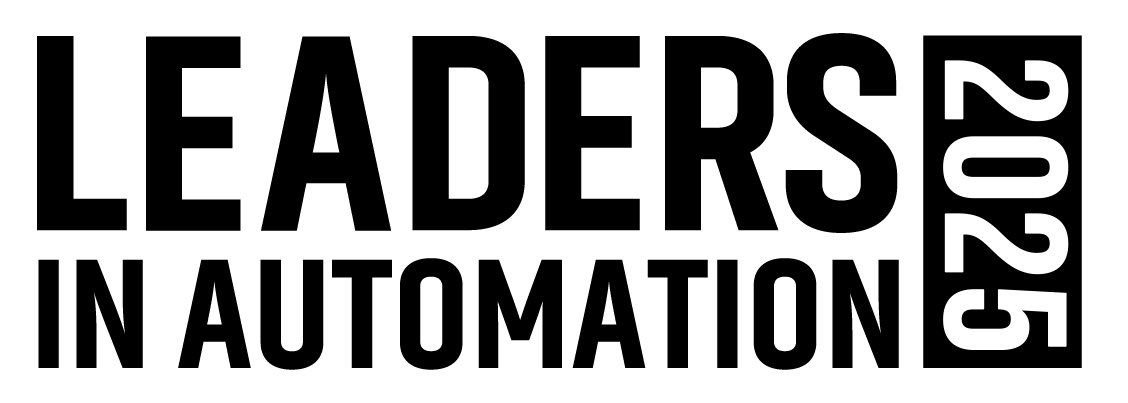Why MES Remains the Digital Backbone, Even in Industry 5.0
The global manufacturing conversation has begun to shift from Industry 4.0 to what is now being called Industry 5.0. While Industry 4.0 focused on automation, interconnectivity and data-driven optimization, Industry 5.0 introduces a complementary vision — one that reintroduces the human into the center of industrial transformation. It emphasizes collaboration between humans and machines, customization over mass production and a strong orientation toward sustainability, resilience and societal value.
But while the goals of Industry 5.0 are still evolving, one thing has not changed: the foundational role of the manufacturing execution system (MES). The reason: If we are to transition from automated factories to human-centric, adaptive and sustainable operations, MES will remain the digital backbone enabling that transformation.
From efficiency to human-centric innovation
Industry 4.0 taught us how to leverage IoT, AI and cloud computing to streamline operations and boost efficiency. Industry 5.0 builds on this by asking deeper questions, such as: How can technology support rather than replace human capabilities? How can we create systems that are not only efficient but also sustainable and socially responsible?
Answering these questions requires a shift in how we view the digital infrastructure of the factory. MES, traditionally seen as a system for tracking production and enforcing workflows, must now evolve to become a platform for collaboration, adaptability and insight. It must support not only machines, but also the humans working alongside them. And it must serve as the central nervous system that connects production with enterprise systems, supply chains and sustainability goals.
MES as the integrative layer for Industry 5.0
One of the defining traits of Industry 5.0 is the seamless collaboration between people and intelligent machines — cobots, AI assistants and advanced industrial robotics. For this partnership to be effective, systems need to speak the same language. MES provides that common language, orchestrating workflows that blend manual and automated processes while maintaining full traceability and data integrity.
In an Industry 5.0 environment, MES is no longer just executing work orders, it is enabling dynamic decision-making. For example, an operator working alongside a cobot might need to adjust a task sequence in real-time. A smart MES system must not only accommodate this deviation but log it, analyze its impact and feed insights back into continuous improvement loops.
Because it captures granular, real-time data from every step of production, MES provides the visibility required to measure and improve key sustainability indicators, such as energy usage, material waste and carbon emissions.
MES also plays a crucial role in customized production, another pillar of Industry 5.0. As consumers increasingly demand personalized products, manufacturers must switch from mass production to flexible, small-batch manufacturing. MES enables this agility by managing recipe changes, tracking configurations and ensuring quality across diverse product variations without sacrificing efficiency.
Data-driven, sustainable manufacturing
Industry 5.0 also calls for a stronger alignment between operational performance and environmental and social responsibility. Here again, MES serves as a foundational element. Because it captures granular, real-time data from every step of production, MES provides the visibility required to measure and improve key sustainability indicators, such as energy usage, material waste and carbon emissions.
More advanced MES platforms can integrate with AI engines to recommend process optimizations that reduce resource consumption or prevent quality issues that lead to scrap. This not only supports sustainability goals but also contributes to cost reductions and customer satisfaction.
Furthermore, MES data is invaluable for ESG reporting and compliance. Regulators and stakeholders increasingly demand transparency about how products are made. With the right MES infrastructure, manufacturers can provide accurate, audit-ready documentation of their environmental and social impact.
Empowering the workforce with intelligence
Perhaps the most transformative aspect of Industry 5.0 is its emphasis on the human. This doesn’t mean going back to manual processes; it means designing systems that empower workers rather than isolate them. MES can help deliver contextual, real-time information to operators through mobile devices, AR headsets or digital work instructions. When paired with AI, MES can even act as a virtual assistant to guide decision-making, flag anomalies and learn from operator input.
This also has implications for workforce development. As experienced workers retire and digital natives enter the factory, training and knowledge retention become critical. MES can serve as a repository of institutional knowledge, ensuring that expertise is captured, standardized and accessible to new generations of workers.
MES as the digital thread
To succeed in Industry 5.0, manufacturers must look beyond isolated system upgrades. They need an integrated, flexible digital infrastructure that connects people, machines, data and goals. MES is the digital thread that weaves these elements together — from individual actions on the shop floor to corporate strategy.
In this new era, MES must evolve to be more open, more intelligent and more human-aware. But its role as the operational backbone remains unchanged. As we move toward factories that are not only smart but also sensitive to human and planetary needs, MES will be the system that enables both precision and purpose in manufacturing.
Luigi De Bernardini is CEO at Autoware, a certified member of the Control System Integrators Association (CSIA). For more information about Autoware, visit its profile on the Industrial Automation Exchange.
More MES coverage from Automation World:
About the Author
Luigi De Bernardini
CEO, Autoware

Leaders relevant to this article:
